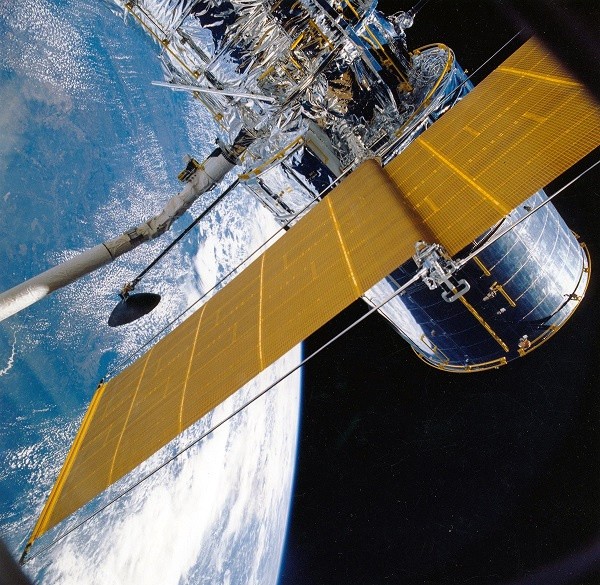
NASA appealed against a AST & Science's plan to launch a 5G mega constellation as it expressed its concern about the project's risk of a catastrophic collision
According to ARSTechnica, NASA breaks its silence and went public for the first time commenting about the US company's plan to launch 5G satellites. AST & Science recently requested to build a mega constellation. The company's request remains pending before the Federal Communications Commission as of the moment.
In an official statement, Samantha Fonder, an engineer for NASA's space agency released a formal comment on the agency's concern about the project pending approval. The agency released the letter of concern during the public comment period so that people may gain an understanding of how the company sees the possibilities with the AST & Science proposed project.
About the 5G mega constellation
Texas-based AST & Science plans to build a mega constellation 720km above the surface of the planet. The company intends to build more than 240 large satellites and has already raised $120 million.
Reports say that the aim of the project called Space Mobile is to provide 4G and eventually 5G connectivity straight to mobile phones on the Earth through the cell towers deployed in space.
The mega constellation will need large altitude array antennas in order to provide the 4G and 5G service. The massive antennas will come at 900 square meter size.
NASA's point of concern
In the official statement released, NASA elaborated on the potential risks and reasons that the agency sees over the company's plan. The agency clarified that it intends to prevent the risk of collision for the benefit of everyone involved.
First among NASA's concern was that the altitude where AT & Science intends to deploy the 240 large satellites happens to be where the A-Train lies. A-Train is a group of NASA's Earth science monitoring satellites. The group consists of 10 space stations from NASA, US Geological Survey, and partners from Japan and France.
According to Futurism, the agency reminded that a particular region in the A-Train constellation location is at a high risk of conjunction between objects. The agency said that in order to come up with the potential conjunction, a space station has to be 10 times bigger than the satellites around.
Another concern that NASA mentioned is AT & Science's lack of experience. NASA said that since it is the first time that the company would build such a huge project, they may expect that almost 10 percent of higher among its satellite may fail.
Failed satellites will not have the capacity to maneuver during a collision. If that happens there is such an unacceptably high risk of a catastrophic collision.
NASA also points out the huge amount of effort maneuvering the SpaceMobile constellation would require. The agency estimated 1,500 mitigation actions per year which make 15, 000 planning activities or 40 active daily planning.
AT & Science acknowledged NASA's recommendations. The company said it is willing to work with the agency to address the concerns and provide clarifications on the matter.
Related Article : NASA Finally Contacts Voyager 2 from 11 Billion Miles Away Using Enhanced Deep Space Station 43
ⓒ 2025 TECHTIMES.com All rights reserved. Do not reproduce without permission.




